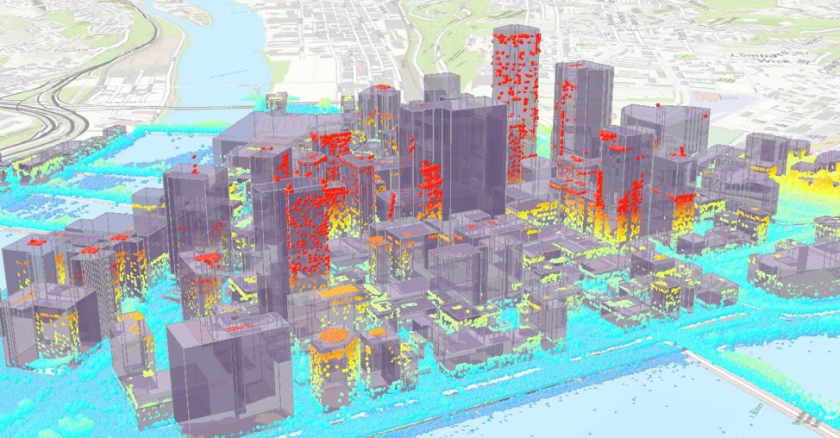Architecture and city planning simulations play a crucial role in envisioning and designing sustainable, efficient, and livable urban environments for future generations. Through advanced virtual tools, urban design software, and innovative approaches, architects and urban planners can simulate, analyze, and refine concepts to create resilient cities that prioritize environmental sustainability, community well-being, and economic growth. Join us as we delve into the world of architecture and city planning simulations, exploring their applications, benefits, and impact on shaping the cities of tomorrow.
1. Virtual Tools for Architecture and Urban Design
1. Architectural Visualization Software
Discover the use of 3D modeling software (AutoCAD, SketchUp, Revit) and virtual reality (VR) tools to create realistic architectural models, visualize building designs, and simulate spatial relationships in urban settings.
2. Urban Planning Software
Explore urban design software (CityEngine, ArcGIS Urban, UrbanFootprint) that integrates GIS data, urban analytics, and scenario planning to simulate land use, transportation networks, zoning regulations, and infrastructure development.
2. Sustainable Practices in Urban Development

1. Green Building Design
Discuss sustainable architecture principles, including passive design strategies, energy-efficient building materials, green roofs, and renewable energy integration to reduce carbon footprints and promote environmental stewardship.
2. Smart Cities Technology
Examine innovations in smart cities technology (IoT sensors, data analytics) to optimize resource management, enhance public safety, improve transportation efficiency, and foster connectivity in urban environments.
3. Benefits of Architecture and City Planning Simulations
1. Enhanced Design Accuracy
Highlight the ability of simulations to analyze spatial configurations, simulate environmental impacts (sunlight, wind flow), and optimize building orientations for energy efficiency and occupant comfort.
2. Stakeholder Engagement
Discuss how simulations facilitate stakeholder engagement and community participation in urban planning processes, enabling informed decision-making, consensus building, and transparency in city development projects.
4. Future Trends and Innovations
1. Resilient Urban Design
Predict the integration of resilient design practices (climate adaptation, disaster preparedness) into city planning simulations to mitigate risks from natural hazards and enhance urban resilience.
2. Virtual Collaboration
Explore the future of virtual collaboration tools and cloud-based platforms that enable global collaboration among architects, planners, policymakers, and community stakeholders in designing inclusive and equitable cities.
Conclusion
Architecture and city planning simulations empower architects, urban planners, and policymakers to envision and create sustainable, resilient, and inclusive urban landscapes that meet the evolving needs of communities worldwide. By harnessing the power of virtual tools, sustainable practices, and stakeholder engagement, cities can thrive as hubs of innovation, culture, and economic prosperity. Embrace the transformative potential of architecture and city planning simulations, embrace sustainable urban development practices, and contribute to shaping vibrant and resilient cities for future generations.

